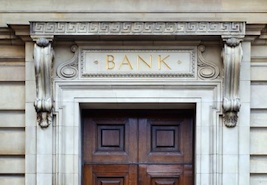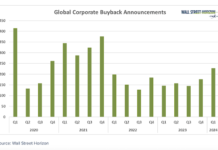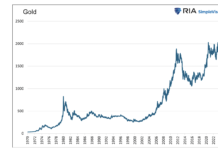 My next few articles will look at banking and Basel III implications for banks. In this one, we will focus on the Liquidity Coverage Ratio, also known as the Bear Stearns Rule (although it could equally well be called the Lehman Bros. Rule). The basic principle is that a bank has sufficient liquid assets (of a high quality) to offset net cash outflows under a 30 day stress scenario.
My next few articles will look at banking and Basel III implications for banks. In this one, we will focus on the Liquidity Coverage Ratio, also known as the Bear Stearns Rule (although it could equally well be called the Lehman Bros. Rule). The basic principle is that a bank has sufficient liquid assets (of a high quality) to offset net cash outflows under a 30 day stress scenario.
Since banks need to conform to Liquidity Coverage Ratio, it’s probably a good idea for investors to understand the Liquidity Coverage Ratio and its implications. Here’s the formula:
Liquidity Coverage Ratio =
High Quality Liquid Assets (HQLA) / Total Net Liquidity Outflows (next 30 calendar days)
This must be >= to 100%
HQLA must be unencumbered and must be liquid in a time of stress. They are split into Level 1 and Level 2 assets. Level 1 assets are usually cash, central bank reserves and securities backed by sovereigns and central banks. There is no limit to how much of this type of asset a bank can hold. Level 2 is split into Level 2A and 2B. 2A includes corporate debt securities, certain government securities and covered bonds. 2B includes lower rated corporate bonds, equities that meet certain conditions and residential mortgage backed securities (you may hear a subprime klaxon going off here). Level 2 assets may not account for more than 40% of a bank’s HQLA; with a further restriction that 2B may not exceed 15%.
The denominator is defined as total expected cash outflows, minus total expected cash inflows. Both of these flows must be for specified stress scenarios which will last 30 days. The outflows are determined by multiplying the outstanding balances of liabilities by the rates at which they are expected to be drawn down (funding maturing in the 30 day period, which can’t roll over). This includes retail deposits, commercial paper and secured funding. This also applies to off-balance sheet items too. Inflows are calculated by multiplying the outstanding balances of receivables at the rates which they are expected to flow in. Total cash inflows are capped at 75% of total expected cash outflows, ensuring a minimum level of HQLA at all times.
In the absence of financial stress, the ratio should be greater than or equal to 100%. During a period of stress however, banks may use their HQLA, thereby falling below 100%. More detail on the Liquidity Coverage Ratio can be found here.
In my next article we will look at the Net Stable Funding Ratio. Thanks for reading.
Follow Allan on Twitter: @MillarAllan
Any opinions expressed herein are solely those of the author, and do not in any way represent the views or opinions of any other person or entity.








